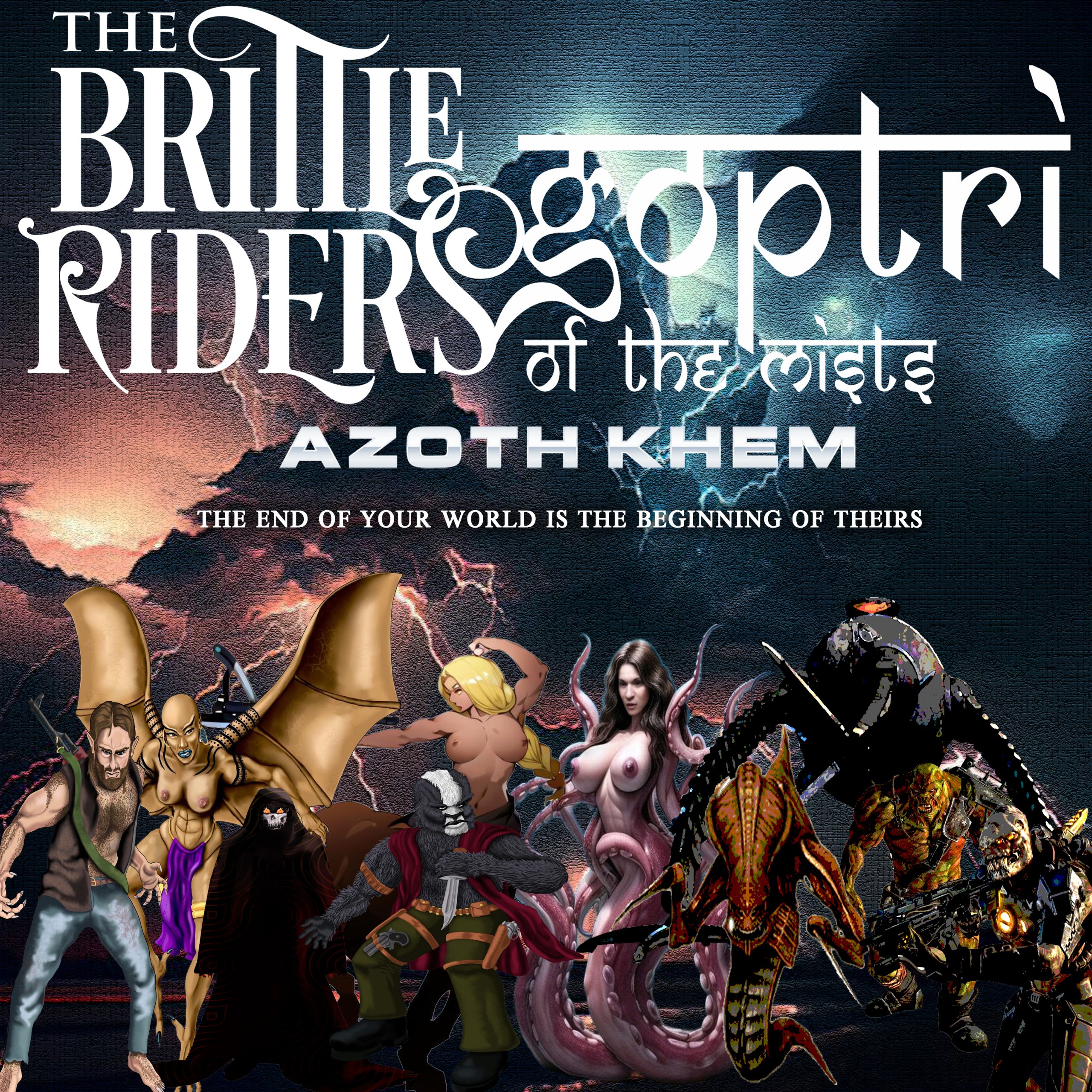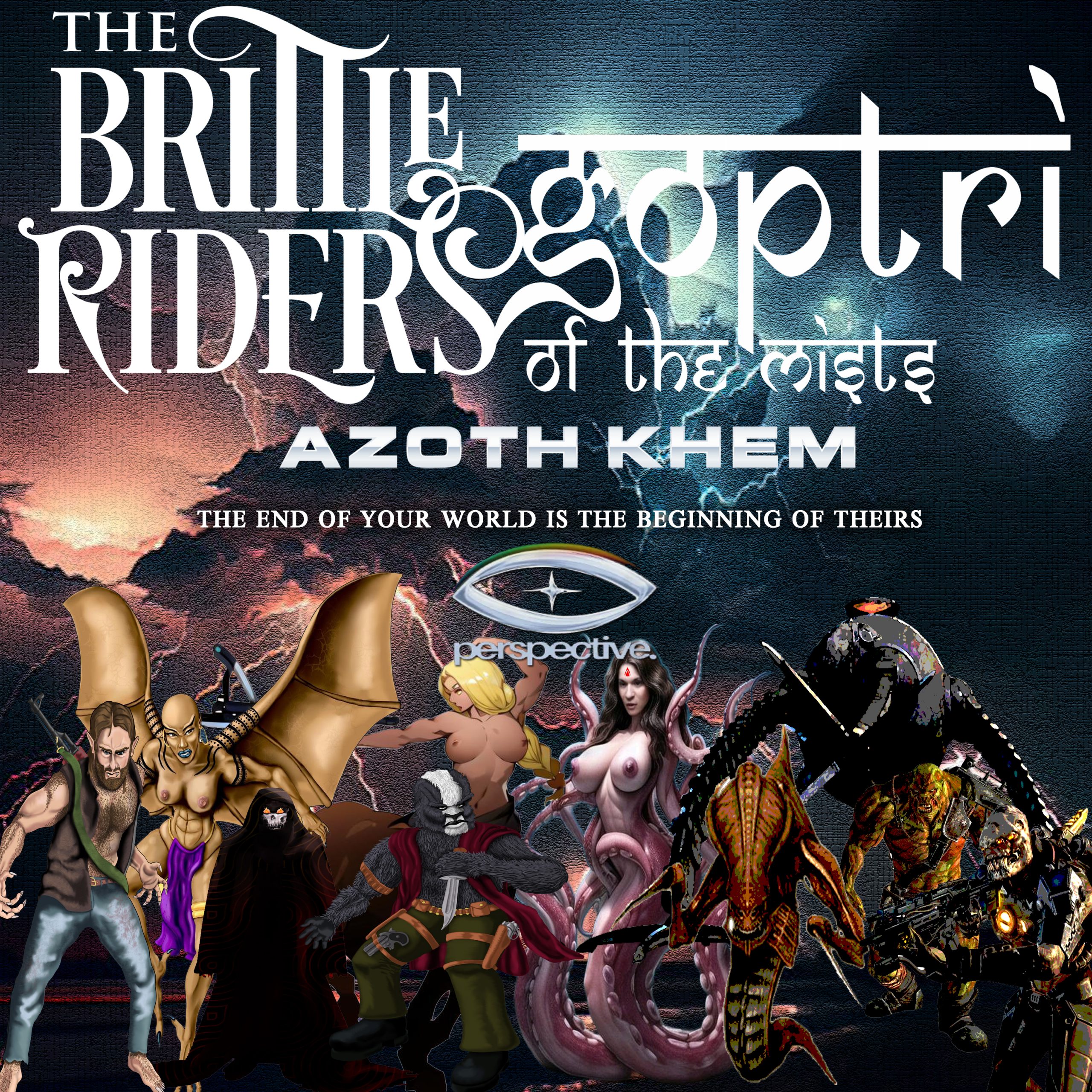It is, once again, Pride Month. The time of year we celebrate humans being their best and truest selves. I have, over the years, stood in front of intellectual troglodytes and hid their hatred from the people celebrating love. Several times they threatened to ball their little fists and give me “what for” and show me how real men deal with stuff. One year, a few local cops got curious about how the whole “real men” thing looked and left them alone with me. The “real men,” and their companion, the Bride of Dumbenstein, moved a lot faster than you might have imagined. I mean, they attained Barry Allen speeds. Now, being honest, there was no way in hell those cops were going to let me lay a beefy finger on them. But the troglodytes didn’t know that and I, somehow, forgot to tell them. Another time, my wife and our friends made so much noise we rendered their protest useless and they slithered into the night, roundly ignored.
As you may have guessed, I do not suffer bullies well. And at 6’5″, around 260lbs, with a history of working violent gigs under my belt, making them go away is in my skill set.
Pride was begun by drag queens and a black trans woman with a brick. Pride has always been a protest against oppression. As long as my fellow humans are targeted, as long as people are classed as non-human and subjugated to terrors for no logical reason, the protest will continue.
Until real change happens, we all must not suffer bullies well.
On a related note, Rainbows Aren’t Just for Leprechauns: a Speculative Anthology, Reimaging Colors, an incredible anthology which has taken the daring leap of including my story Successful Colors Have Their Costs, is free on Amazon from June 4th through June 8th. This is a great way for you to be introduced to some of the best up-and-coming science fiction authors on Earth. I mean that literally as the authors in this anthology pay their bills in countries placed all over the globe. Your discovering them and buying their other works will help them continue to pay those bills.
Yes, even writers like to live indoors and eat safe food.
Now that I’ve got you all excited about free stuff, the nice people at Azoth Khem have partnered with the also nice people at Book Funnel to give away free PDF copies of The Brittle Riders: Book 1.
For the uninitiated.
The end of your world is the beginning of theirs. After humans circumvented anti-AI laws and created new species to fulfill the roles of menial laborers, sex slaves, and shock troops, those creations eventually rose up and killed every man, woman, and child on the planet. This is the world if Frankenstein’s monsters ruled the Earth.
Like Game of Thrones on crack, Apocalypses are funny that way.
That’s enough for now. Until next time, stay safe, sane, and in touch.
































